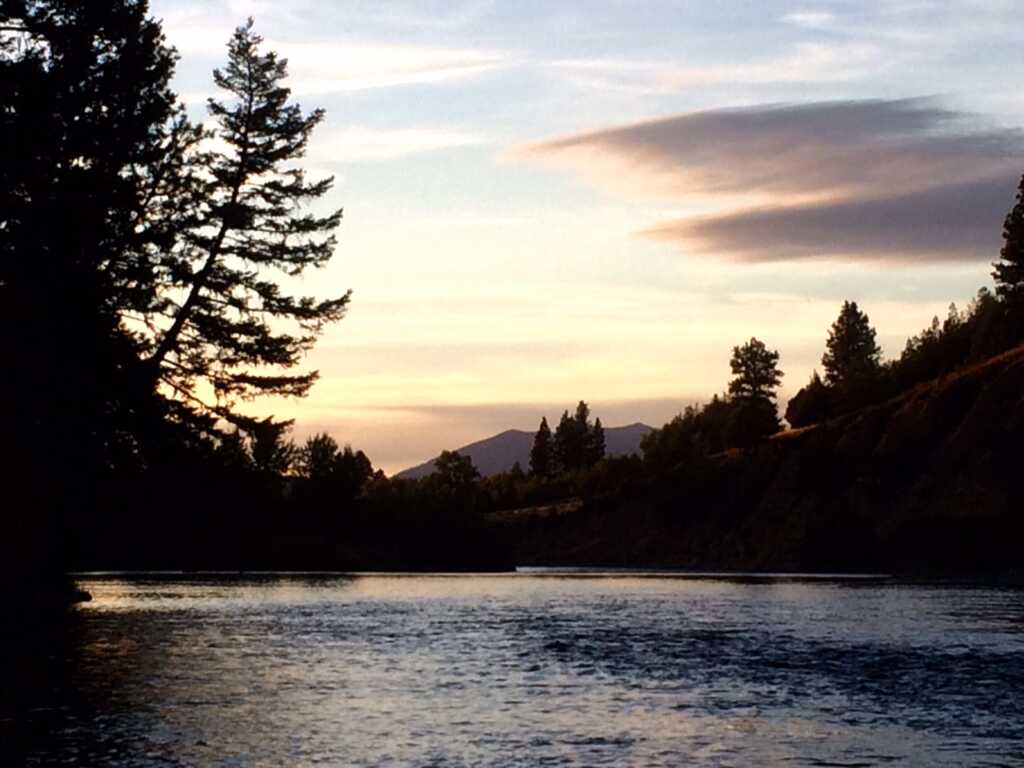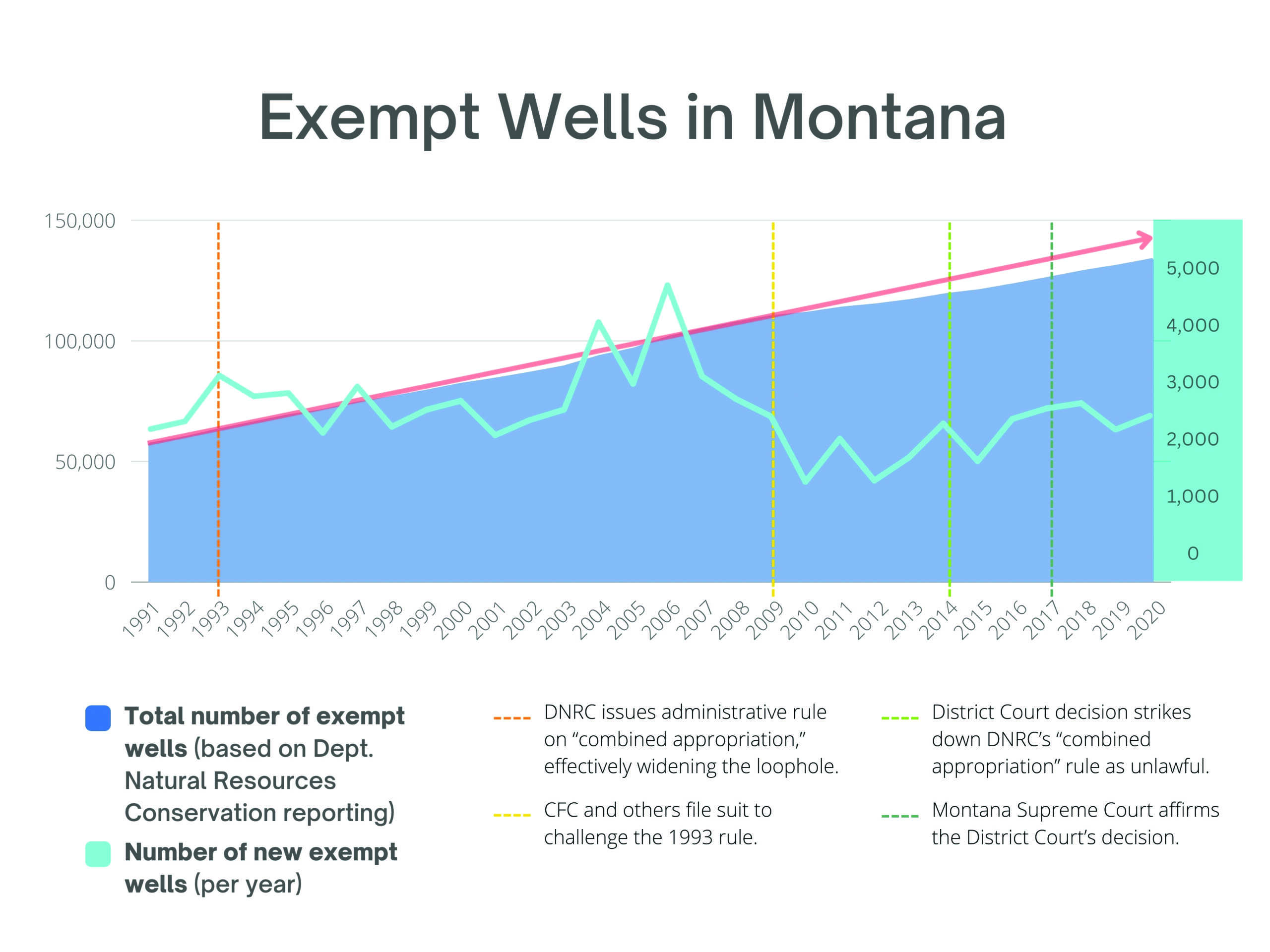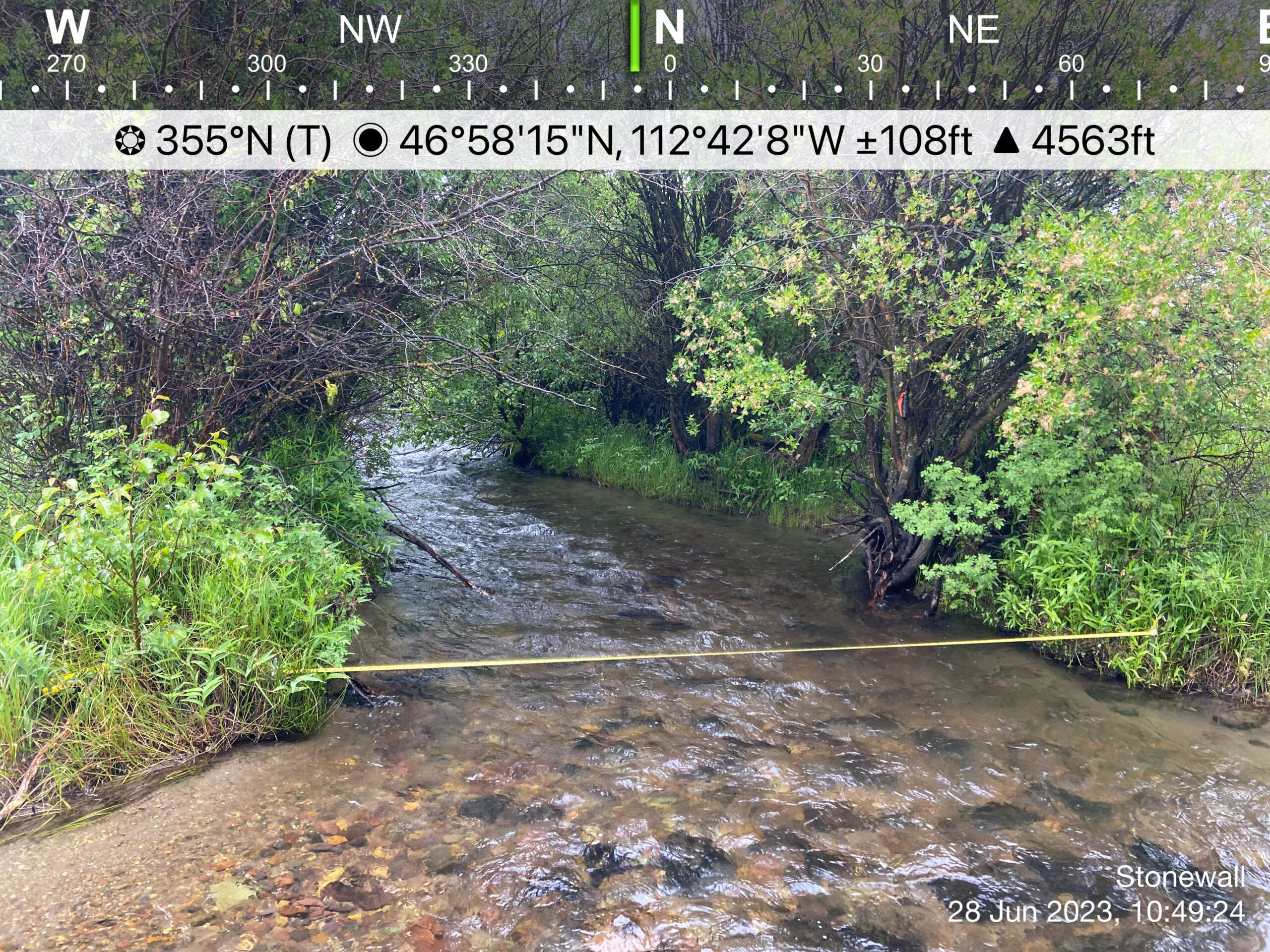Blackfoot
The headwaters of the Blackfoot River originate in small streams west of the Continental Divide near Lincoln, Montana and flow to its confluence with the Clark Fork River just east of Missoula. Traditionally, the Salish and Pend d’Oreille people lived along its banks and harvested fish, including bull trout, in great numbers.
Beginning in the mid-1800s, industrial logging and mining moved into the Blackfoot basin. During the 1860s, the U.S. federal government granted millions of acres to railroad companies. Timber extraction increased dramatically along the Blackfoot River and by the middle of the 20th century, extended into smaller tributaries. Motorized equipment and a widespread road network allowed for rapid clearcuts of vast swaths of old growth forests. Gold, copper, and zinc mines scattered around the river’s headwaters also impacted the Blackfoot watershed, leaving a legacy of contamination.
Today, the river and its tributaries provide premier habitat for wildlife and fish, as well as world-class recreation. However, the aftereffects of logging, road building, and mining limit the full potential of the Blackfoot River and its tributaries.
Our focus in the Blackfoot
Boost watershed health, resilience, and protection in the Blackfoot.
Innovative and proactive land and water management strategies, on-the-ground restoration, policy advocacy, and community education have resulted in a healthier watershed, healing the headwaters of the Blackfoot River and preventing new threats. We support and supplement the work of many strong partners in this subbasin as the work to restore and protect continues.

What we’ve accomplished in the Blackfoot
-
 Mike Horse Mine CleanupIn the 1940s, miners used metals-laced tailings to build the Mike Horse Dam at the origins of the Blackfoot River on Beartrap Creek near the Continental Divide. In 1975, the tailings dam blew out, dumping deadly levels of lead, copper and zinc into the Blackfoot. The mine’s corporate owner, ASARCO, rebuilt…
Mike Horse Mine CleanupIn the 1940s, miners used metals-laced tailings to build the Mike Horse Dam at the origins of the Blackfoot River on Beartrap Creek near the Continental Divide. In 1975, the tailings dam blew out, dumping deadly levels of lead, copper and zinc into the Blackfoot. The mine’s corporate owner, ASARCO, rebuilt… -
Donate
Our current projects and future plans for the Blackfoot need your support!






